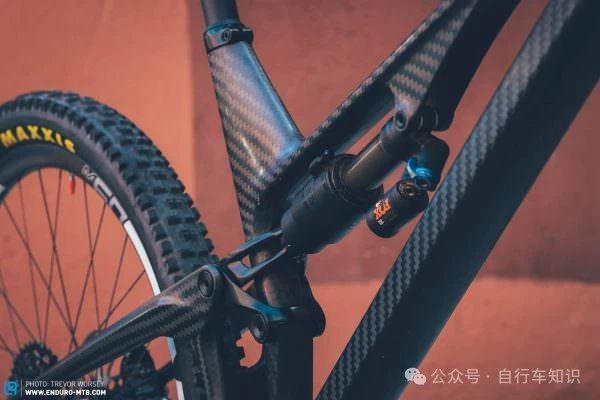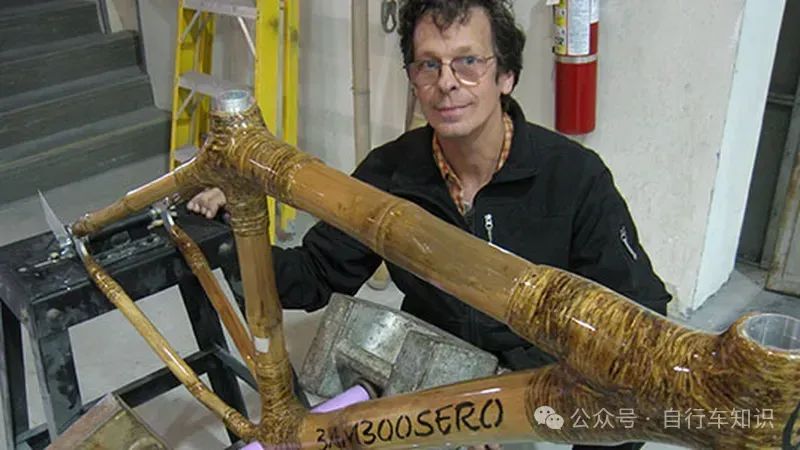Categories
New Blog
Tags
Steel, aluminum, titanium, and carbon fiber are the most commonly used materials for bicycle frames nowadays. Each material has its advantages and disadvantages. You can only say that the one that suits you is the most ideal.

All metals used in bicycles are alloys. There is no pure iron (steel is a mixture of iron and carbon), pure aluminum, or pure titanium to make the frame, carbon fiber is slightly different.
People selling cars often mention the use of aerospace-grade metals – but the reality is that these so-called grades are nothing more than certain quality requirements that a given alloy must meet, whether for use in aircraft or bicycle frames. There may be no difference between a bike that claims to be made from "military-grade" materials and one that isn't.
There are two main factors that determine a bicycle frame: stiffness and toughness. The greater the rigidity, the less likely it is to deform, but it will break directly (rigidity is usually determined by Young's modulus. The greater the Young's modulus, the less likely it is to deform.). Toughness: Toughness of a material is the opposite of rigidity, tough materials are more malleable and therefore can deform more easily than they can break. For safety reasons, it's best if the frame deforms before breaking, as this can serve as a warning to oncoming riders.
steel

Steel is the mother of all engineering materials. It's extremely durable and cheap to make, and the steel frame is shock-absorbing and easy to repair.
Steel is three times stiffer than aluminum and twice as stiff as titanium.
At the same time, steel is easy to rust. Of course, stainless steel solves this problem to a large extent.
Steel-framed vehicles are heavier due to their higher density (compared to other materials). With the introduction of ultra-high-strength steel (UHS), steel tubes can be made thinner. In theory, if the tubes are thin enough, they can be made heavier. A frame that is comparable to the lightest frames available today. However, durability is greatly compromised because this thin-walled tube is very susceptible to denting, damage, and bending. Thin-walled tubes are also more difficult to assemble, and the heat generated by welding can affect heat treatment and reduce the strength of the welded area.
aluminum
Aluminum is only about 1/3 as rigid as steel.
Aluminum is lighter than steel, durable enough for its construction, very practical, and most importantly, affordable.
There are two main aluminum alloys used in the bicycle industry – 6061 and 7005 (differently named depending on the composition of the alloy). The latter is relatively cheaper. Because 6061 is more malleable and can be easily hydroformed when making frames, this readily available and cost-effective metal is more suitable for entry-level bike frames, but is also used in high-performance frames.
titanium

Titanium is half as rigid as steel.
The density of titanium is much lighter than that of aluminum, about twice that of aluminum and about half that of steel. Therefore it is more like a compromise product between aluminum and steel.
Titanium originated in the aerospace industry, where it is widely used. 3Al-2.5V is the most widely used alloy, but the higher-performance 6Al-4V also exists.
It is very resistant to wear and corrosion, which is why it is often left unpainted.
The cost of refining and processing is high, so most manufacturers do not use this material extensively.
carbon fiber

Carbon fiber is a composite material, which is a combination of at least two different materials, usually with different physical and chemical properties.
Because carbon fiber is light enough, it is three times as rigid as steel within the same size.
Carbon fiber weighs approximately 1.55 g/cc, almost half that of aluminum.
Carbon fiber is a "fragile" material that can no longer be used once something goes wrong, but its lightness and stiffness make it the material of choice for bicycle frames, especially in competitive cycling. xmtourdecycling.com has more than 15 years experience to produce road carbon frames in China, in our factory, you can find new 2024 aero carbon road frames TDC-RD55 2024,also can find hotsale TDC-RD49 aero road frames. we also have MTB carbon frames,TT carbon frames etc. welcome to contact us for your business
other materials
While carbon fiber, titanium, steel, and aluminum are by far the most common materials for bicycle frames, there are some more rare options.
Scandium: A scandium frame is actually an aluminum alloy that contains small amounts of scandium, among other metals. Scandium content can increase the strength of alloy tubes.
Magnesium: Some bicycles and bicycle parts are made from magnesium alloys, which are lighter and stronger than aluminum, but less hard. It reached its heyday in the early 1990s, when Kirk Precision magnesium bike frames competed in the Tour de France.
Bamboo:

As a natural material, pillars are also used to make bicycle racks. User reviews seem to be good because of good shock absorption, but bamboo bikes will be heavier. Flax: Flax is also used as an integral part of bicycle frames, often in combination with carbon fiber because it is said to absorb vibrations better than carbon fiber alone. The LOOK 765 endurance bike series uses this fiber.
Of all materials, steel has the longest tradition of being used in bicycle frame manufacturing. It withstood the "challenge" of aluminum in the late 20th and early 21st centuries, but now faces a tougher challenge from carbon fiber.